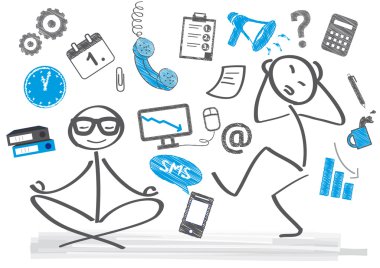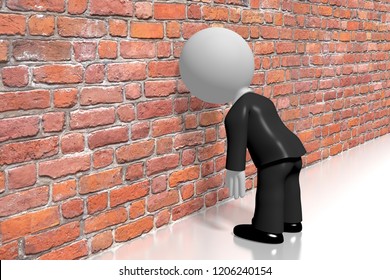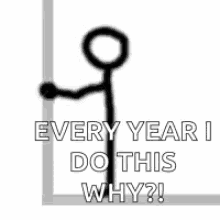

Its about making text pictures with text symbols.As we now live in informational societies, I bet youve already encountered those ASCII-painted pics somewhere on Internet. It can be used genuinely, maybe when you’re feeling pretty! But it is also perfect for passive-aggressive messages.Description: A simple way of drawing a person using basic keyboard characters.ĭescription: A larger version of the standard stick man emoticon.ĭescription: This stick man is standing with his arms by his sides.ĭescription: The ">" represents the person's legs, the first "-" is the torso, the "/" represents the arms, the second "-" is the neck, and the is person's head. Text art, also called ASCII art or keyboard art is a copy-pasteable digital age art form. (◕‿◕✿) is, much like ¯\_(ツ)_/¯, applicable in almost any situation. What will be the Next Great ¯\_(ツ)_/¯ ? Use this post as a reference for copying-and-pasting.Ī classic.

In 2016, take the pledge to use more kaomoji more often.

While some basic kaomoji - the shruggie, the crying face ( _ ), the happy face (^_^) - have been adopted by the internet’s prosumer category, it’s time to close up the kaomoji gap and make America great again. Why use kaomoji? They’re more elaborate and more expressive - and also more practical: You don’t need to tilt your head to the side to read them. Kaomoji are, of course, Japanese-style emoticons, first imported to U.S. While the shruggie, meant to represent a person offering a resigned shrug (just look at it), is one of the true linguistic gifts of the internet era, there’s a whole wide world of kaomoji out there waiting to take the U.S. For too long, Americans have been using the “shruggie” - ¯\_(ツ)_/¯ - for all of our emoticon needs.


 0 kommentar(er)
0 kommentar(er)
